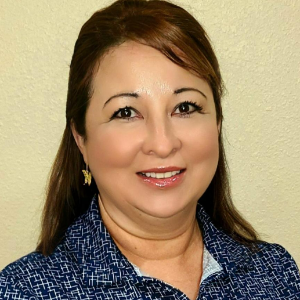Title : Implementing an evidenced-based toolkit for fall prevention in community-dwelling hispanic elderly
Abstract:
Background: One in four elderly falls, frequently resulting in unintentional injuries and death, causing a health concern and a financial burden. This project identified a home health agency (HHA) with a vulnerable population and unmet fall goals. It recognized nurses had fall knowledge deficits, no single fall identification instrument, and lacked evidence-based practice (EBP) resources.
Objective: Project aims included: implementing an EBP fall prevention Stop Elderly Accidents, Death, and Injury (STEADI) protocol and minimizing elderly injuries and death in a South Texas HHA. Pre- and post-intervention comparisons were analyzed for employee STEADI tool kit knowledge and patient screening effectiveness in decreasing community-dwelling Hispanic elderly (CDHE) fall rates.
Methods: The project employed a Quasi-Experimental with a Quality Improvement Initiative. On day one, the nurses (n=8) STEADI trained. Over three months, they applied the STEADI tool kit on CDHE (n=44).
Evaluation and Measurement: Pre-STEADI fall data was the baseline. Quantitative pre-and post-STEADI educational tests, fall data chart review, and feedback surveys were collected and analyzed over three months. Paired sample t-Test compared pre- and post-STEADI scores to reveal a significant difference.
Results: All HHA nurses (100%) were STEADI-trained and subsequently screened the CDHE (100%). Post-STEADI, an increase in the nurses' knowledge (36.25, 95% CI) and skills (147.5%, p =.007) occurred, and the CDHE fall rates were reduced (71%, p =.019).
Conclusion: Adopting policies and procedures, including STEADI in HHA care, to sustain fall monitoring and screening is recommended as STEADI enhanced nurse organizational support, communication, training, and prudence and decreased CDHE falls.
Audience Take Away Notes:
- The elderly experience substantial falls that negatively impact their health, independence, and cost.
- Educating nurses with EBP fall training increased nurse knowledge and practice and reduced falls over ninety (90) days.
- HHA organizations should implement evidenced based fall programs that engage nurses in identifying elderly risk factors, strategies, and assessment tools to minimize fall risk.
- This project identified STEADI as an effective fall protocol for current and future home health use which can consistently reinforce nursing practice and facility policy.
- There are three main recommendations for fall prevention in home health care: (1) every nurse is recommended to participate in the fall education and prevention process (2) support and compliance all levels, are necessary for project sustainability (3) communication is needed to sustain a project plan.



